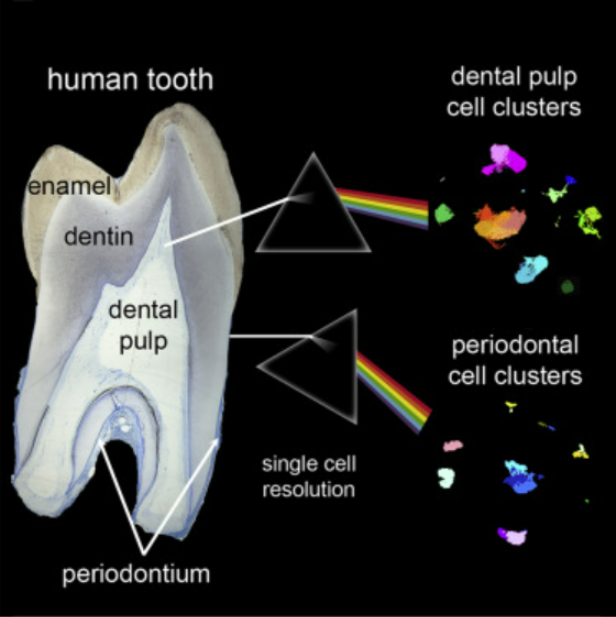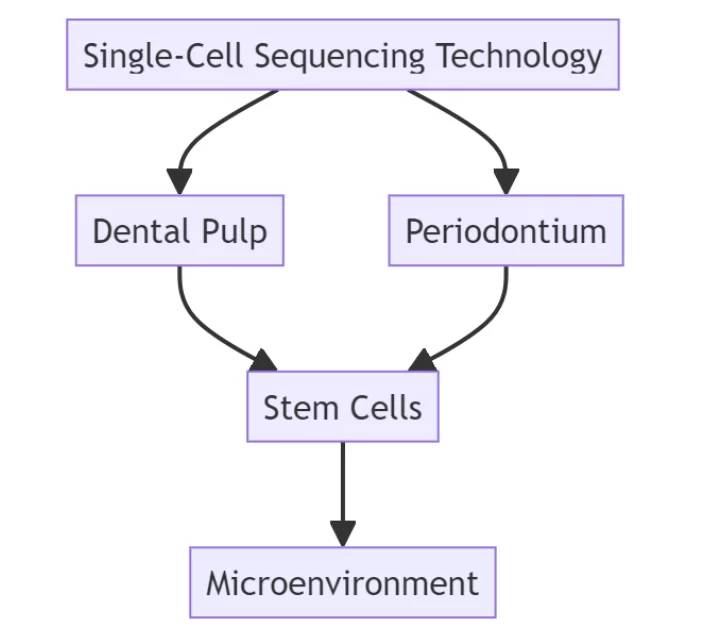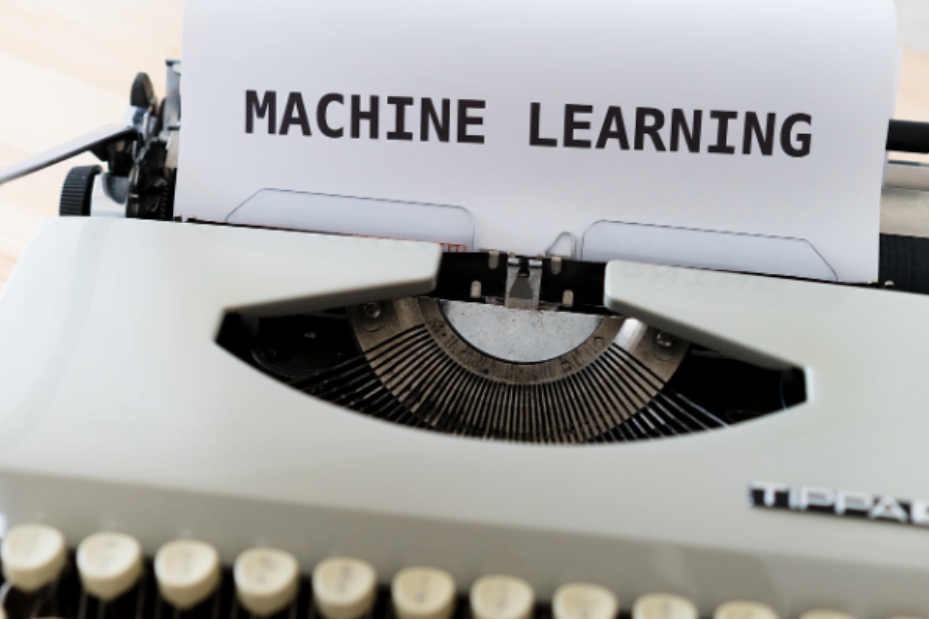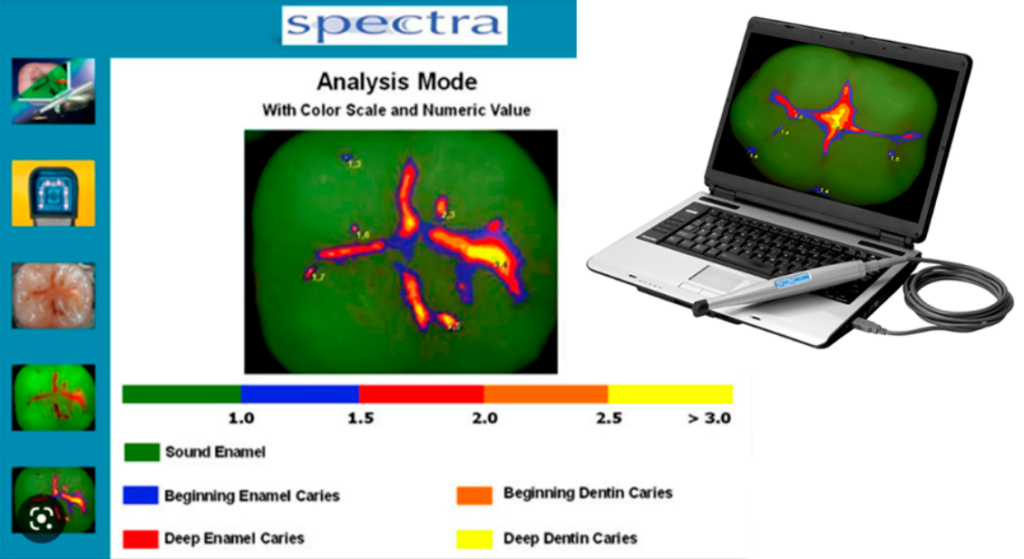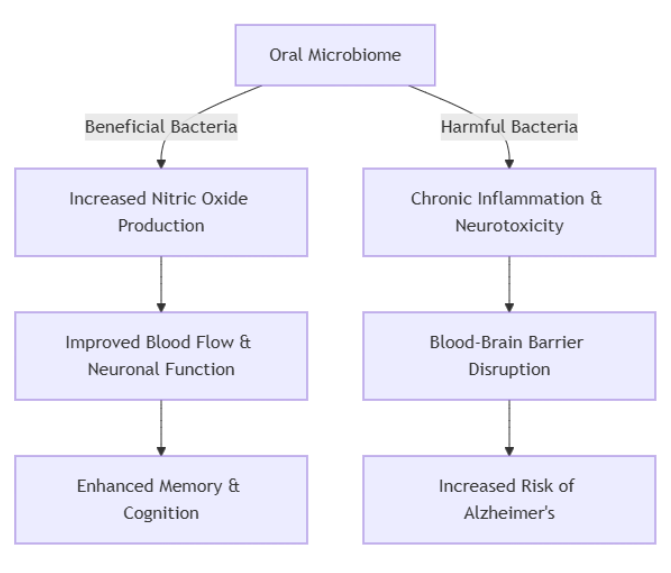A Single-Cell Atlas – A Revolutionary Step in Dental Research
In the ever-evolving landscape of medical and dental research, the last three decades have witnessed a surge of scientific and practical endeavors focused on the intersection of genetics and tissue regeneration. This dynamic field, driven by the fusion of stem cell technology and tissue engineering, has given rise to a plethora of opportunities for enhancing clinical practice. Researchers are tirelessly exploring avenues to facilitate tissue and organ healing, tissue regeneration, and the establishment of universal protocols for stem cell therapies. A pioneering study conducted by a team of accomplished scientists has brought forth a groundbreaking achievement in the realm of dental research: the first-ever single-cell atlas of human teeth. Led by Thimios Mitsiadis, a professor at the Institute of Oral Biology, University of Zurich, and Dr. Andreas Moor, a professor at the Department of Biosystems Science and Engineering at ETH Zurich, this study has far-reaching implications for the future of dental therapies.
A Revolutionary Approach
The pivotal breakthrough in this study lies in the utilization of advanced single-cell sequencing technology. This cutting-edge technique enables the distinction of every individual cell within the dental pulp and the periodontium, shedding light on their intricate composition. These two dental tissues are susceptible to tooth-specific and bacterially-linked pathologies such as caries and periodontitis. Notably, both the dental pulp and the periodontium harbor stem cells with immense regenerative potential. As Pierfrancesco Pagella, senior researcher in Mitsiadis’ team, puts it, “Our study provides an unprecedented understanding of the composition of these two tissues.”
Unveiling Cellular Heterogeneity
One of the most striking revelations from this research is the remarkable cellular diversity found within the dental pulp and periodontium. Contrary to expectations, the molecular signatures of stem cell populations in these tissues were found to be strikingly similar. The enigma lies in the distinctive microenvironments that these stem cells inhabit. This variation in microenvironment is posited as the potential source of significant functional differences observed among stem cells in different tooth compartments.
The Implications for Dentistry
This pioneering study’s findings have profound implications for the field of dentistry. The newfound understanding of dental tissues’ cellular and molecular identity offers immense potential. By employing single-cell approaches, we can delve into the intricate interactions between dental pulp and periodontal cells during immune responses to bacterial insults. This analytical approach may serve as a valuable diagnostic tool, facilitating the early detection of dental diseases.
The Dawn of Cell-Based Dental Therapies
Perhaps the most exciting prospect to emerge from this research is the prospect of revolutionary cell-based dental therapies. As Thimios Mitsiadis, the study’s last author, envisions, these advancements can pave the way for more targeted therapies, the successful regeneration of damaged tooth components, and highly precise diagnostic tools for various dental pathologies. In his words, “These innovations represent the synergy of bioinformatics and modern dentistry.”
In conclusion, the development of the first single-cell atlas of human teeth signifies a milestone in dental research. The insights gained from this study have the potential to transform the landscape of dental therapies, providing hope for those in need of dental regeneration and improved diagnostic tools. As this research reverberates through the scientific community, it marks a significant leap toward a brighter and healthier dental future.
In the diagram above, we illustrate the process of using Single-Cell Sequencing Technology to explore the dental pulp and periodontium, uncovering the presence of stem cells with their distinct microenvironments.
Sources
- Science Daily – Comprehensive single-cell atlas of human teeth
- A cell Press Journal – A single-cell atlas of human teeth.

